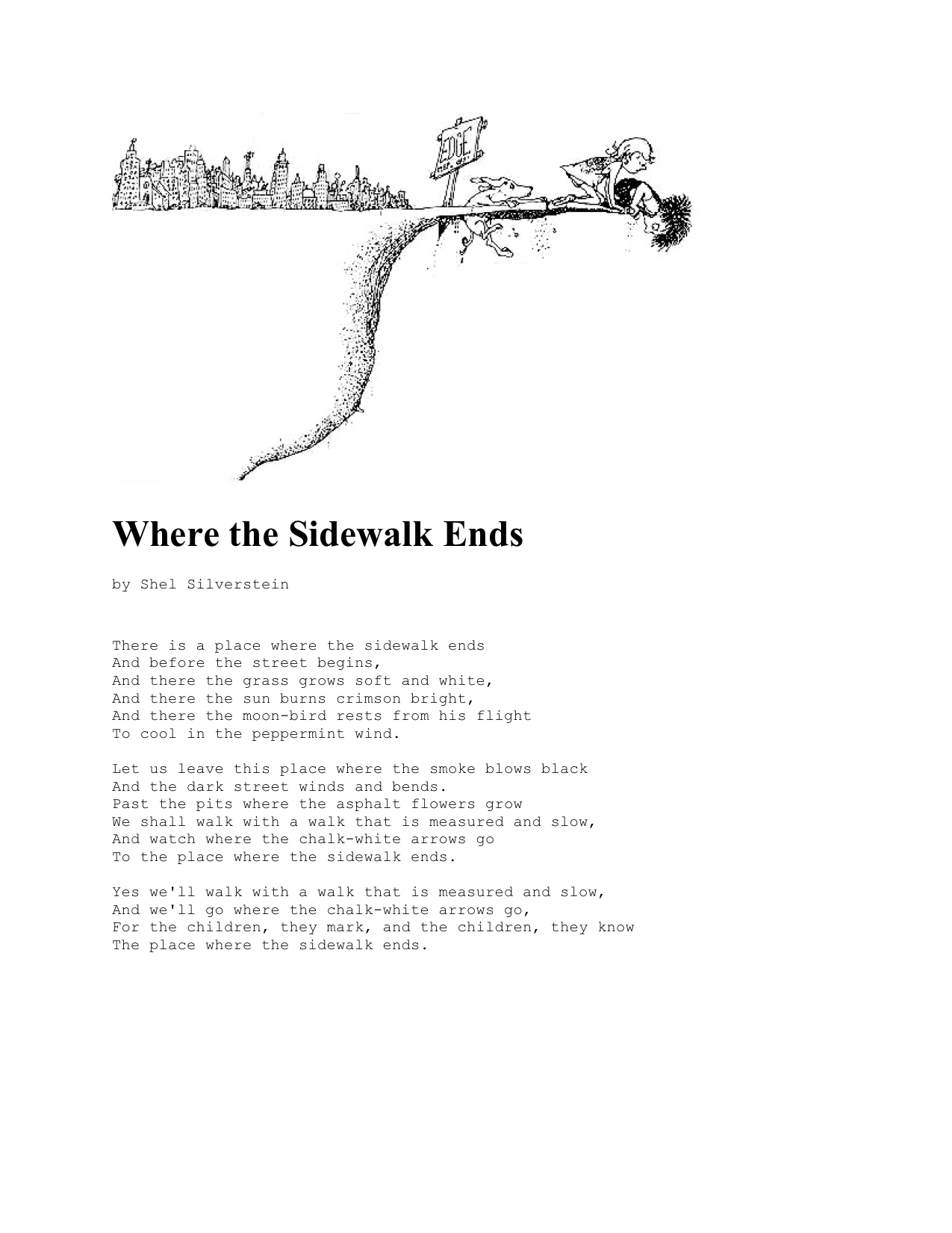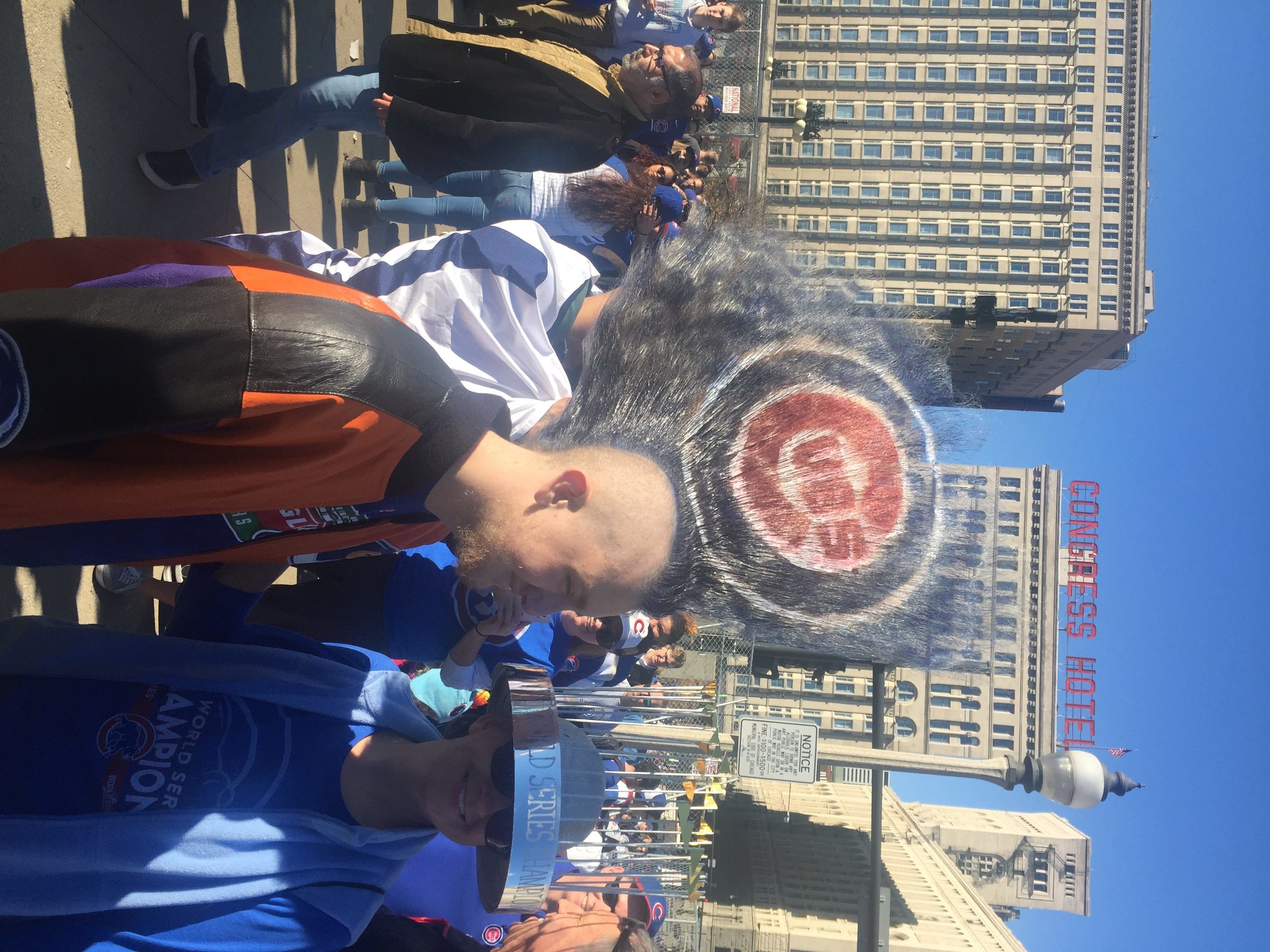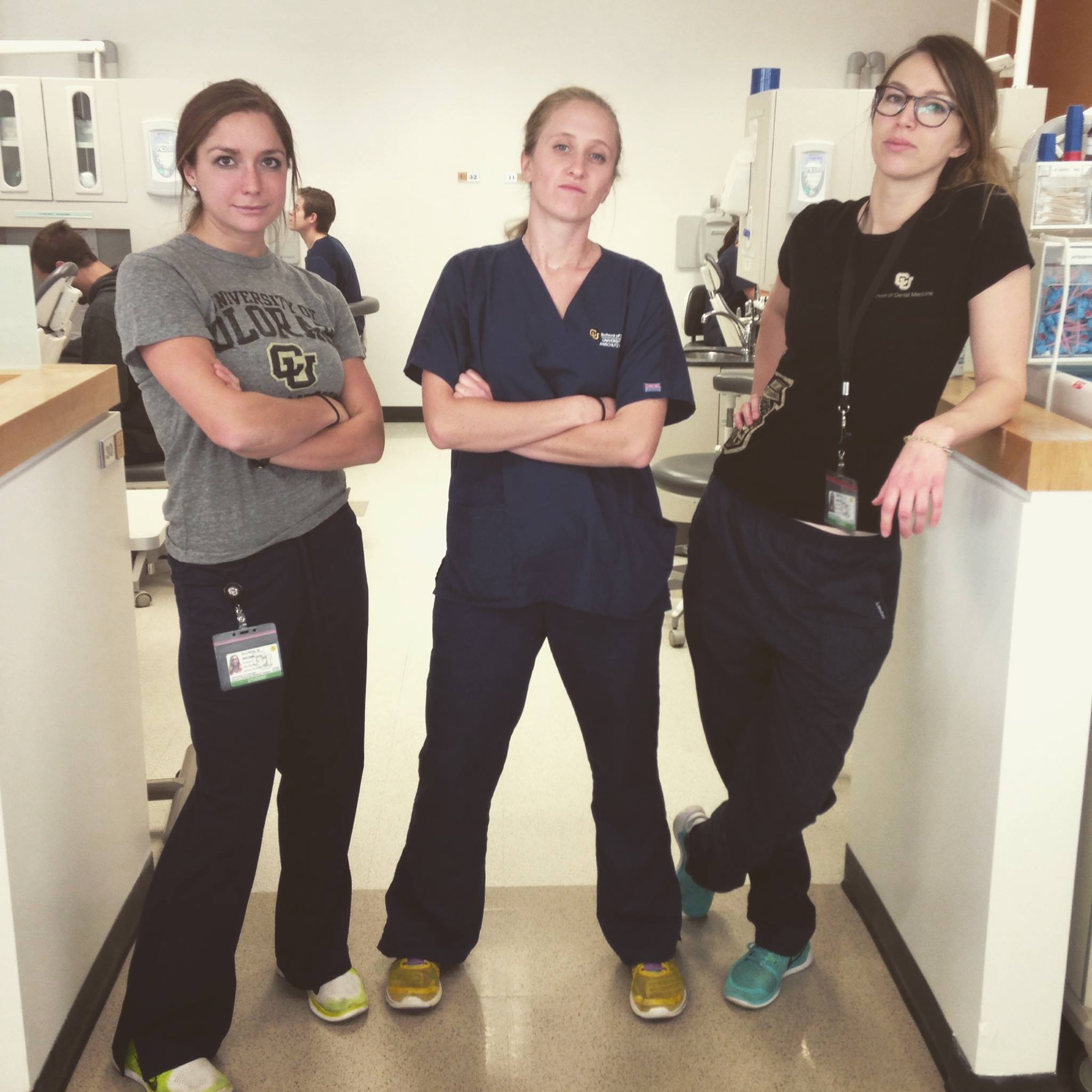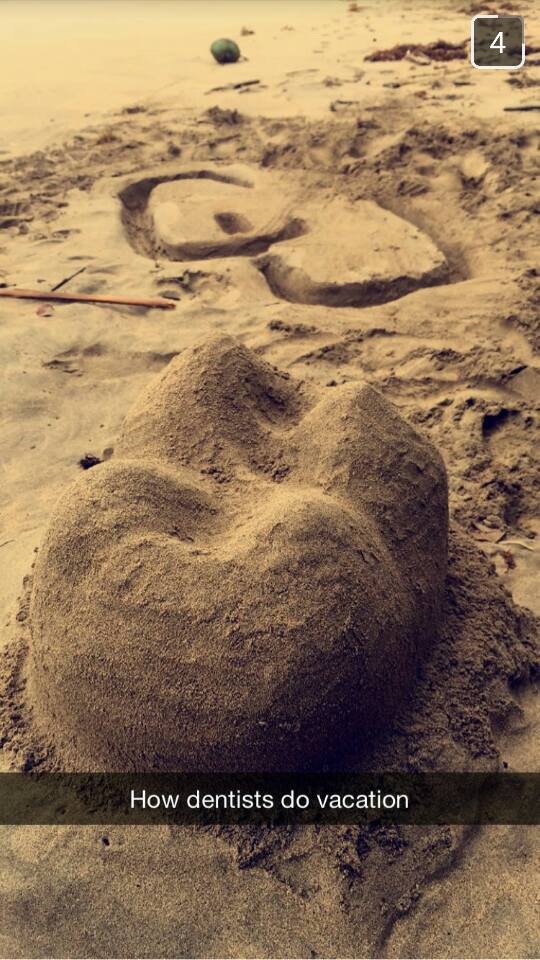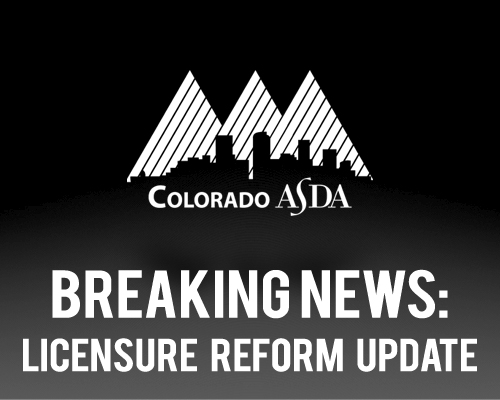On Tuesday, November 2nd (or early the next day), millions of Americans retired to their beds. As they closed their eyes, some felt hopeful and excited; others felt angry, depressed, or even confused. Regardless of the divergent emotions that night, the sun still rose in the morning. Life continued, as it always does.
Now that the election frenzy has subsided, we can begin to examine the impact our newly elected leaders, referenda, amendments, and miscellaneous ballot initiatives can have on our personal and professional lives. As a lawyer and self-proclaimed political junkie, I spend a substantial amount of my free time fixated on articles and news commentary about the candidates, the issues, and the future. After countless hours of examining the impact of our new president, the power dynamic within Congress, and my local elections, I must confess that I cannot make any concrete assessments at this point.
However, I can conjecture what the main issues confronting dentistry and health care will be based on my own perspective and that of the ADA. I will continue to examine how the new administration, nationally and locally, will shape the future of these issues.
According to the ADA website, the main issues its advocacy branch monitors include access to dental care (including health insurance coverage), health care reform vis-à-vis the Affordable Care Act, and continuing oral health science and research initiatives at the federal level. Additionally, the ADA routinely reviews regulatory issues that face dentists as employers and business owners—from taxes, workforce safety requirements (i.e. the regulation of amalgam), labor and employment laws, and Medicare coverage for patients.
In addition to the issues that the ADA has identified, I also hypothesize that the general cost of health care and drugs will affect dentistry either directly or indirectly. As many have noted, non-dental insurance premiums have risen significantly and will continue to do so. Many blame the Affordable Care Act as the culprit. Regardless, those who must pay heftier insurance fees may exhaust any allotted funds they had for healthcare in general. Thus, it is possible that those most stretched by increases in insurance will forego dental treatment.
Additionally, the shifting environment of drug regulation may impact dentistry. Over the past year, senators and political candidates have questioned why some life-changing, necessary drugs come with exorbitant price tags, precluding many patients from taking them. The drug companies have responded that the price reflects the cost of investment in research, development, and the countless clinical trials required by the FDA to bring that drug to market. Since dentistry strives for continuous improvements to its techniques and methods, this issue may have an impact on the rate of investment in private oral health-related R&D.
I remain cautiously optimistic that regardless of this year’s election outcome, the dental profession will continue to thrive, and patient care will continue to improve. Members of our profession are passionate about improving dentistry, and will do whatever it takes to make it better. We are also fortunate to have one of the most successful national lobbies in history, which continuously advocates for patient’s interests and our personal interests. With a high percentage of dentists being members of the American Dental Association, the collective voice of dentists is one that lawmakers hear loud and clear.
As members of the dental profession, a profession that has a large health and economic impact on our country, it is imperative for all dentists and dental students to stay apprised of the political landscape. We must proactively work to make oral health care better for our patients and our own livelihood. Otherwise, we might wake up to a political climate that contradicts our profession altogether.






